How Sal CBE Supports Food Startups with Custom Chocolate Solutions
If you're a food entrepreneur looking to create the next big chocolate sensation, something that melts exactly so it snaps precisely and makes your consumers swoon, you're in good company. However, let's be honest: crafting exceptional chocolate requires more than just ingenuity. It's also about the components. One component that's raising eyebrows (and pleasing taste buds) in the confectionery market is Sal CBE, a cocoa butter substitute that's discreetly driving a surge of innovation behind the scenes.
Let us take a step back. Cocoa butter is the gold standard in chocolate production. It's what gives high-end chocolate its dazzling appearance and melt-in-your-mouth flavour. However, it is also notoriously expensive, difficult, and not necessarily the greenest option, especially for small food businesses with a limited budget and a desire to be as environmentally conscious as possible. Meet Sal CBE.
Short for Sal Cocoa Butter Equivalent, this vegetable fat is derived from the seeds of the Sal tree, which is native to India. It is such a close match to cocoa butter that it may be used as a partial or complete substitute without compromising texture, flavour, or quality. This is extremely beneficial to entrepreneurs.
Imagine being able to make silky-smooth chocolate that is more durable in hot regions without spending a fortune. Sal CBE is ideal for compatibility with cocoa butter, creating the ultimate snap-and-melt characteristic that chocolate lovers crave. And because it is more effective to process, there is room for experimentation, whether it's filled pralines, protein bars, or vegan chocolate spreads.
But here's where it becomes even more interesting: Sal CBE is extremely adaptable. Startups may work with manufacturers to customise the melting point, hardness, and mouthfeel according to their product goals. Need milder chocolate for truffle centres? Not an issue. Do you need something firmer for energy bites that will ship well? It's also possible. This degree of flexibility is a boon for emerging enterprises that need to differentiate themselves without reinventing the manufacturing wheel.
There's also the sustainability issue. Sal seeds are often derived from forest floor yields, and their use contributes to a low-waste system, especially when supplied sustainably. For eco-friendly manufacturers, including Sal CBE in their recipes is a step toward cleaner, greener operations, without sacrificing performance.
Now let's talk about shelf life. One of the most common concerns about chocolate goods is fat bloom, which is a chalky white coating caused by improper cocoa butter crystallisation. Sal CBE reduces bloom and promotes shelf stability, giving your food a longer and more marketable shelf life. For a newcomer looking to build a name for themselves in retail, an extra few weeks of flawless appearance might mean the difference between success and failure.
Short and sweet, Sal CBE is not a substitute; rather, it is a chance. A possibility for food enterprises to manufacture high-quality chocolate products with more consistency, better cost control, and a more sustainable basis. Whether you're scaling up or still perfecting your first batch, this versatile ingredient can help you get closer to chocolate heaven.




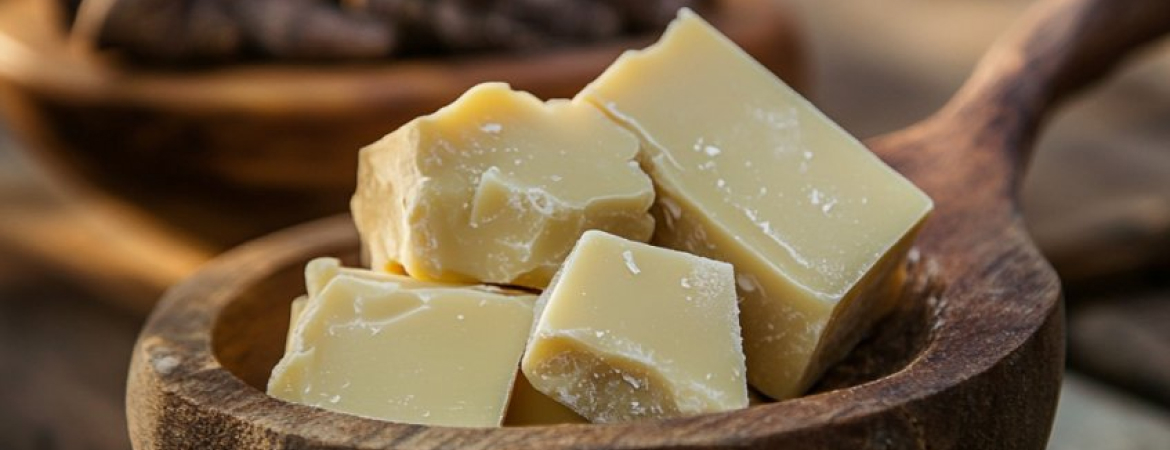
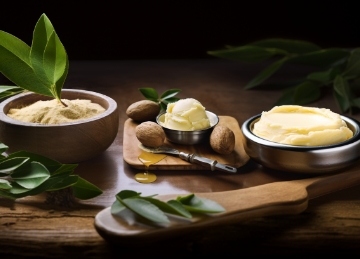
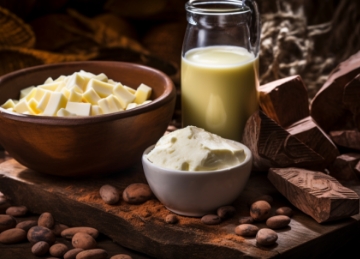
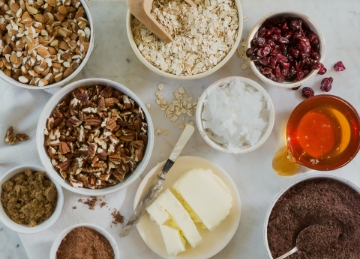
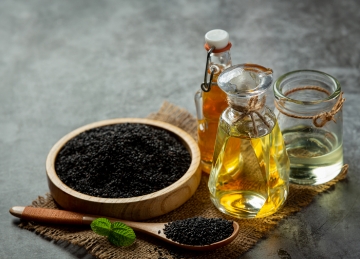
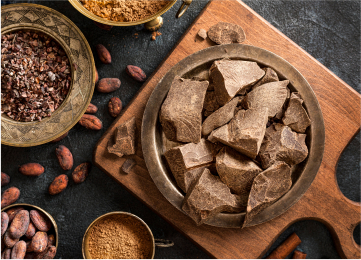
2.jpg)
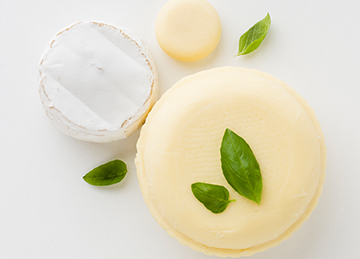
5.jpg)
.jpg)
zny3.jpg)
vgf.jpg)